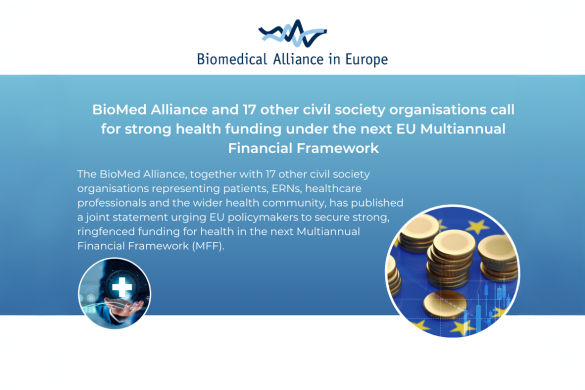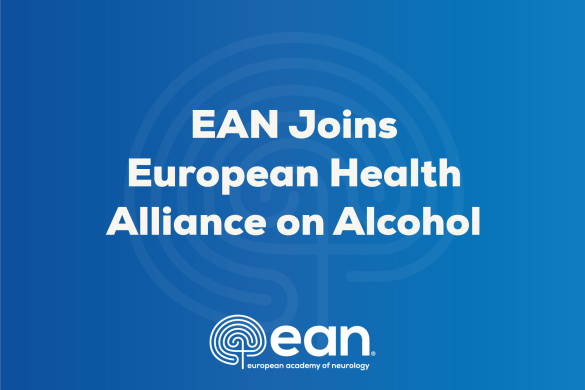Albania, officially the Republic of Albania (in Albanian: Republika e Shqipërisë), is situated in South-East Europe on the West of Balkan peninsula. It is bordered with Montenegro to the northwest, Kosovo to the northeast, Republic of Macedonia to the east and Greece to the south and southeast. Albania has a long coastal line facing the Adriatic Sea on the west and the Ionian Sea on the south and southwest. The Strait of Otranto, a less than 72 km long strait between the Adriatic and Ionian Sea, lays between Albania and the Puglia region in Italy. The territory of Albania is 28.478 km2 wide, of which less than 4% of water surface. Albanian are the descendants of Illyrians and some main cities as Durrës, Berat, have around 3 millenniums of history. The Albanian language (in Albanian: shqip) is an independent branch of the Indo-European languages, the second oldest one after Armenian.
Albania gained its independence on November 28th 1912, after almost five centuries of invasion from the Ottoman Empire. In the early ‘90s, after almost half a century of communist dictatorship regime, Albania became a parliamentary democracy divided in twelve counties and currently is a country member of the United Nations, NATO (North Atlantic Treaty Organization), OSCE (Organization for Security and Co-operation in Europe), the Council of Europe, and on June 2014 became an official candidate for accession to the European Union.
According to the latest census (2011), the total population is 2.821.977 with an average age of 35.3 years old, which is increasing given the ageing of the population and the low birth rate of only 1.49 children per woman. The largest religion in Albania, mainly due to the long Ottoman invasion period, is Islam, to which adheres 58.8% of the population, followed by Christianity that is practiced by 17.1%, while 24.3% of the population is mainly non-religious or belongs to other religious groups. Nevertheless, Albania is listed among the least religious countries in the world, according also to the Gallup Global Report. Albania harbors different UNESCO heritage sites, including antique and medieval sites and cities, and the Albanian Folk Iso-polyphony proclaimed by UNESCO as a “protected masterpiece of the oral heritage of humanity”.
The Albanian healthcare system is set up both in the private and public sectors. In the public sector two different ministries operate: the Ministry of Health, and the Ministry of Finance. On one hand, the Ministry of Finance controls the insurance commission paying for the public health care. On the other hand, the Ministry of Health is the governing authority of regional public hospitals, Directories of Public Health, and smaller health centers. Public health insurance covers government employees, children, students, people with disabilities, retired persons and soldiers, while not insured patients are expected to pay relatively low fees for health care services. Nevertheless, it is the private sector that holds an undisputed monopoly over the healthcare system, including all pharmacies and almost all laboratories, specialty clinics, diagnostic and hospital centers. Therefore, the out-of-pocket health expenditure in 2014 was 99.7%, according to the World Bank, and around 60% according to governmental data.
According to the World Health Organization, Albania has the lowest number of physicians in Europe, only 128 per 100.000 inhabitants, while the rate of neurologists is only 2.41 per 100.000 inhabitants. A total of 68 neurologists operate in Albania, of which more than 50% are female.
The Albanian Neurology Society was founded in 1994. The first president was Prof. Mentor Petrela, till 1999, followed by Prof. Jera Kruja (1999 – 2007) and Prof. Mira Rakacolli (2007 in continue). The Albanian Neurology Society has 98 members, mainly neurologists, but also including neuroimaging specialists, neurosurgeons and other specialists pertinent to Neurology. The Albanian Society of Neurology is actively included in all international main federations as EAN and WFN and Prof. Kruja is a member of the EAN Scientific Committee.
The Faculty of Medicine was founded in 1952, and since 1957 to 2013 it has been part of University of Tirana. Currently, Albania has only one public medical university, the University of Medicine of Tirana, which became a self-standing institution in January 2013, and included also the Faculty of Dentistry, and the Faculty of Medical and Technical Sciences. The first Rector of the University of Medicine of Tirana was Prof. Jera Kruja, who is also the current Head of the Neurology Division. With around 4.000 students enrolled, the University of Medicine of Tirana is the second largest university in Albania, admitting roughly 600 new students yearly. Another medical faculty in Tirana is part of the private Catholic University Our Lady of Good Counsel.
The Division of Neurology of the Faculty of Medicine went through different changes since its foundation by Prof. Bajram Preza, separated from the psychiatry division. Since 1992 the Division of Neurology is part of the University Hospital Center “Mother Teresa,. Recently, the Neurovascular Service has been settled up and headed by Prof. Rakacolli. The Department of Neurosciences, directed by Prof. Petrela, includes also Neurology, Neurosurgery, Neurovascular and Psychiatry services.
The residency program in Neurology spans in 4-year training conducted at the University Hospital Center “Mother Theresa” in Tirana, under the Neurology professorship, mentorship and supervision of the Faculty of Medicine of Tirana. The residency official language is Albanian. Therefore, the neurology residents are mostly Albanian, but in the residency programs are also admitted Kosovo citizens, as it is a second Albanian inhabiting and speaking country, and members of the Albanian minorities in Montenegro, Serbia and Macedonia. Nevertheless, at least a good English proficiency level (C1) is required.











